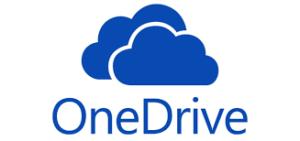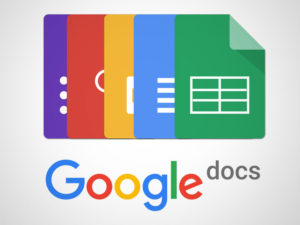Cloud Storage
Cloud Storage
Cloud storage is where files are stored offsite on multiple internet connected servers (these large servers are known as datacentres) around the world. When you want to access or download a file your computer connects to the nearest available server and accesses the file. The files are stored on multiple servers so that you can access the file from the server with the lowest latency, so that if one server goes down you can still access the file and if data is corrupted on one server it can be restored using the backup copies on other servers. Having multiple backups is known as redundancy.
Advantages of cloud storage
- You have access to your files whenever you are connected to the internet, even if you lose your computer / phone
- When backing up a large number of big files it is often cheaper to pay for cloud storage than to buy a hard drive
- Backing up is done automatically for you
- You can share access to files/ folders with multiple people
- If you need to scale your storage then this can be done easily and quickly
Disadvantages of cloud storage
- Your data is arguably less secure (especially if you don’t use a strong password and don’t enable 2-factor authentication.
- You are putting you data security entirely in the hands of a third party which is more risky
- You have no idea where your data is physically stored
- If your internet connection is interrupted you lose access to your files.
- It might cost you money to download data using a phone data connection.
Cloud Software
Cloud Software
Cloud software is software that is hosted and run entirely or partly on offsite servers. When you want to use the software you connect to the server (usually via your web browser) and the software runs within your browser.
Advantages of cloud software
- You don’t need a powerful computer to run graphics intensive software(such as video editing) as the processor intensive work is done at the server end.
- Software updates are handled invisibly
- Up front costs for cloud software are usually less than the upfront costs for standard software
- You usually don’t have to install the software on your machine
Disadvantages of cloud software
- You don’t own the software, you are usually just paying a subscription service so it often costs more for the software
- You can usually only use the software if you have an internet connection
- Some software requires a high speed internet connection
Public vs Private Clouds
Public vs Private Clouds
A public cloud is where data or software is stored on third-party offsite servers, not servers owned by the individual or business. An example of a public cloud is Google Drive.
A private cloud is where a company has its own offsite servers and employees connect to those servers for file and software access.
Advantages of public clouds
- You don’t need to pay for expensive hardware and pay high salary technical IT staff to run the offsite servers, which are incredibly expensive.
- It is very quick and easy to scale your server requirements as necessary, often in response to changing customer demands.
Advantages of private clouds
- Your data is theoretically more secure than on a public cloud and you have more control of where you data is stored.
- You can customise your data centre server hardware and software to your own requirements.
Quiz
Quiz
Resources
Activity
Create an A3 / A2 poster introducing the topic of cloud computing to use as part of your revision. Make sure that you include a balance of imagery, text and a couple of further thinking/research questions.




